20 Timeless Antique Porcelain and Ceramics Worth Collecting
Antique porcelain and ceramics offer a beautiful glimpse into the art and craftsmanship of earlier times. With each piece, you uncover stories of skilled artisans and cultures long gone. From intricate designs to timeless elegance, these treasures have stood the test of time. Collecting them can be a rewarding journey, filled with surprises. Let’s look at some of the finest examples of antique porcelain and ceramics.
This post may contain affiliate links, which helps keep this content free. Please read our disclosure for more info.
Meissen Porcelain Figures
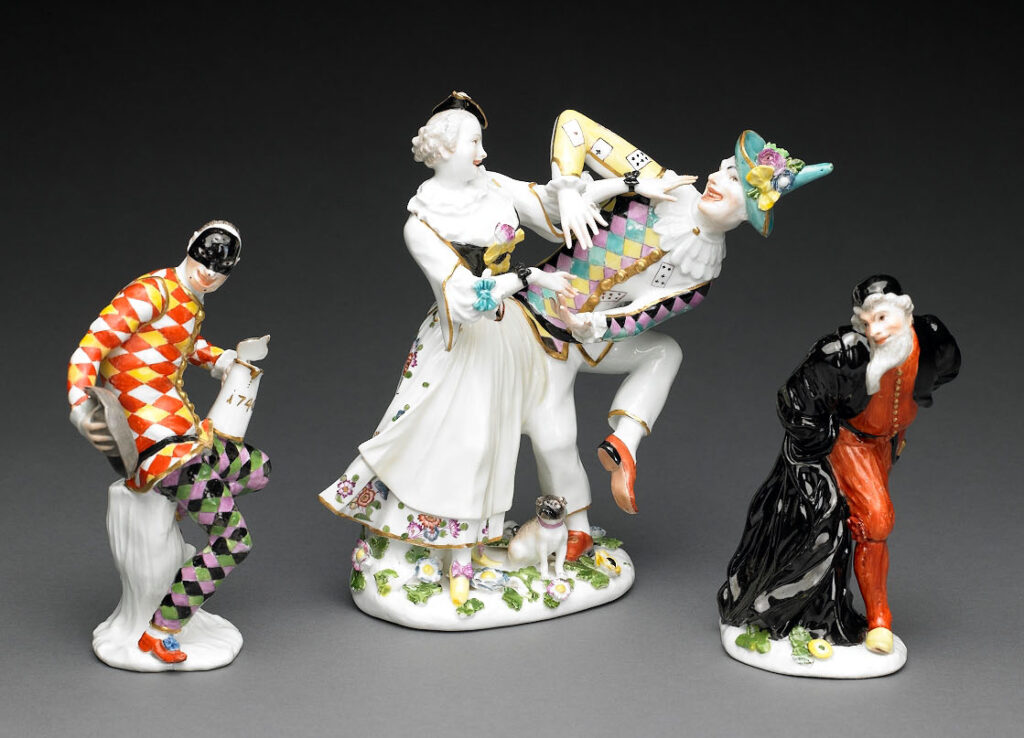
Meissen porcelain, created in the early 18th century in Germany, is known for its exquisite craftsmanship. These delicate figures were made using high-quality porcelain and often depict people, animals, or mythological scenes. Meissen figures are highly regarded for their fine detail and vibrant colors. Depending on the rarity and condition, these pieces can fetch between $500 and $30,000 on the market.
Meissen’s influence in the porcelain world is immense, and collectors appreciate its historical significance. The factory was the first European producer of porcelain, and its pieces are often associated with the Rococo period. Some figures feature intricate hand-painted designs, which make them even more desirable. Collectors are especially drawn to early 18th-century examples with the crossed swords mark.
Royal Worcester Porcelain

Royal Worcester porcelain, originating in England in the 1750s, is prized for its fine quality and detailed designs. It was made from a unique blend of clay and porcelain, giving it a smooth texture and delicate finish. Royal Worcester pieces, including plates, vases, and figurines, are highly collectible due to their rich history and craftsmanship. Depending on the rarity and age, these pieces are valued between $200 and $15,000.
Royal Worcester was known for its artistic designs and often collaborated with renowned artists of the time. Collectors are drawn to its diverse range of patterns, from floral to animal motifs. The factory’s porcelain often featured detailed gilding, which further enhanced its beauty. Early pieces with the factory mark are especially sought after by collectors.
Sevres Porcelain
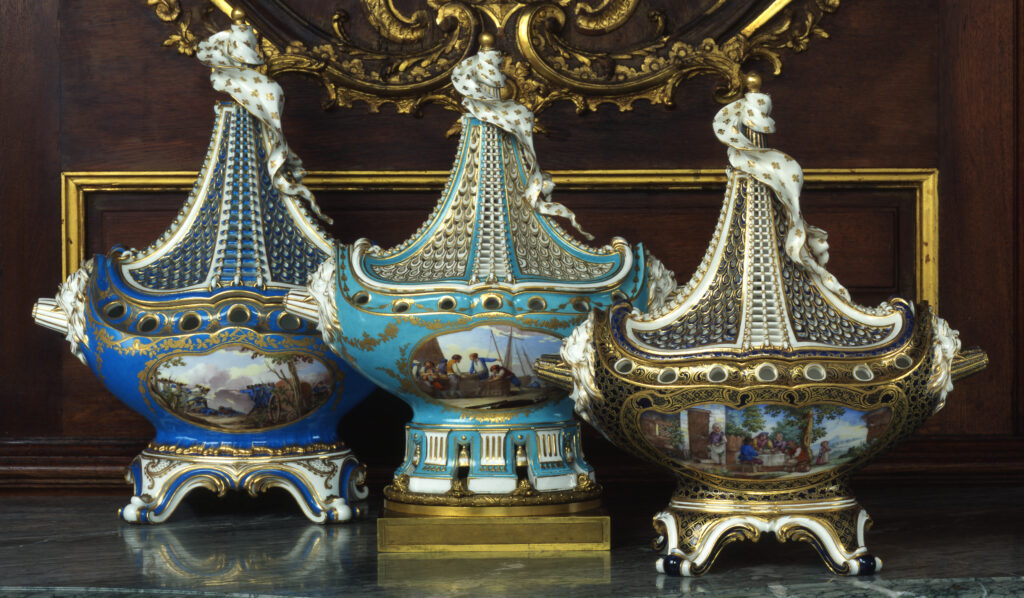
Sevres porcelain, produced in France since 1740, is renowned for its refined elegance and superior quality. It was made from high-grade porcelain, with many pieces featuring intricate hand-painted designs and gold accents. Collectors value Sevres porcelain for its royal association and artistic craftsmanship. Market prices can range from $1,000 to over $50,000 for exceptional pieces.
The Sevres factory supplied porcelain to French royalty, making it one of the most prestigious manufacturers in Europe. The company produced everything from tableware to decorative pieces, with many items designed for the French court. Vintage Sevres porcelain is particularly valuable when it comes with historical provenance. Limited edition and artist-signed pieces often command the highest prices.
Wedgwood Jasperware
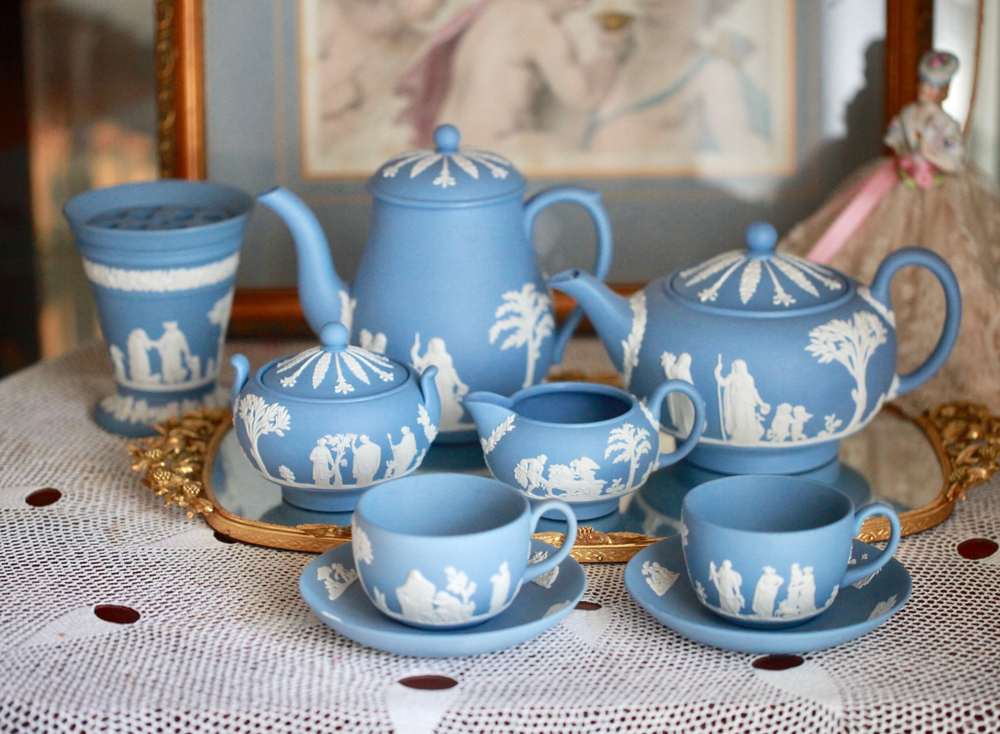
Wedgwood Jasperware, created by the famous English potter Josiah Wedgwood in the late 18th century, is known for its matte finish and classical designs. It is made from a special type of unglazed porcelain, which gives it a smooth, stone-like appearance. Jasperware items, particularly the blue and white pieces, are highly collectible and valued between $100 and $10,000 depending on the rarity and condition.
Wedgwood Jasperware is admired for its neoclassical designs, often featuring scenes from Greek and Roman mythology. The brand became a symbol of luxury and refinement during the Georgian era. Jasperware’s unique production process and iconic blue color have made it a favorite among collectors. Collectors often seek out rare colors or limited-edition pieces, which are the most valuable.
Baccarat Crystal
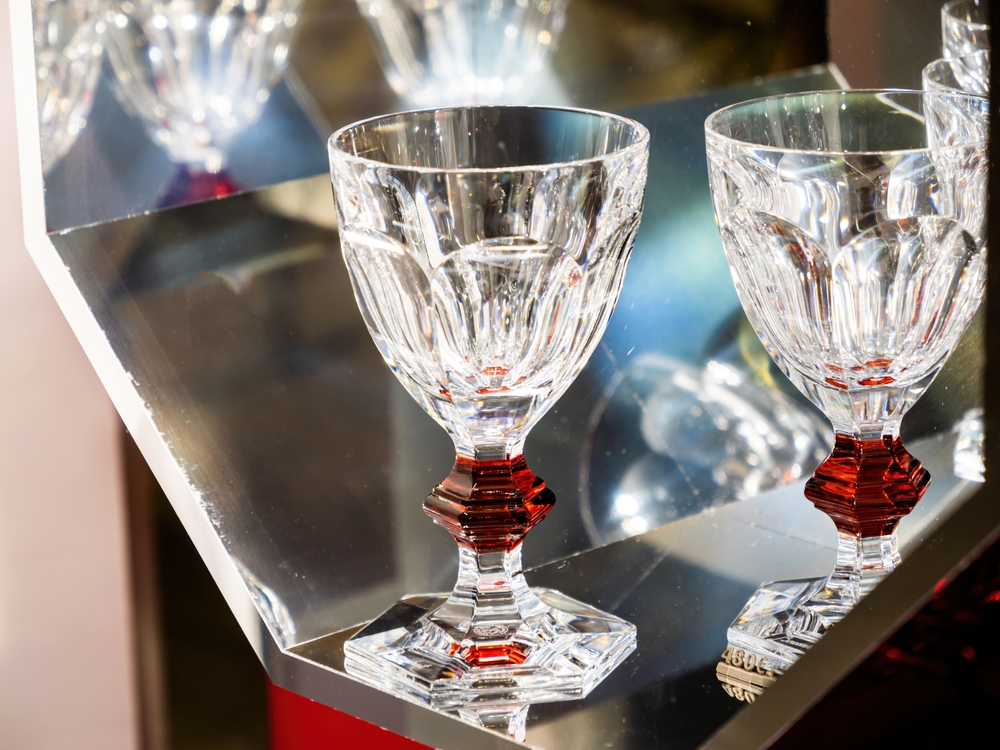
While not strictly porcelain, Baccarat crystal is an important collectible in the world of fine ceramics. The company, founded in 1764 in France, has created some of the most beautiful glassworks and crystal pieces. Baccarat crystal is valued for its clarity, craftsmanship, and stunning designs. Depending on the piece, market values range from $500 to over $50,000.
Baccarat’s crystal is renowned for its precision cutting and luxurious finish, with many pieces designed for royalty and the elite. The company’s collection includes everything from chandeliers to figurines and glasses. Collectors often seek out older pieces with the Baccarat signature or those designed by famous artists. The brand’s reputation and long history make its items highly sought after.
Doulton Lambeth Stoneware
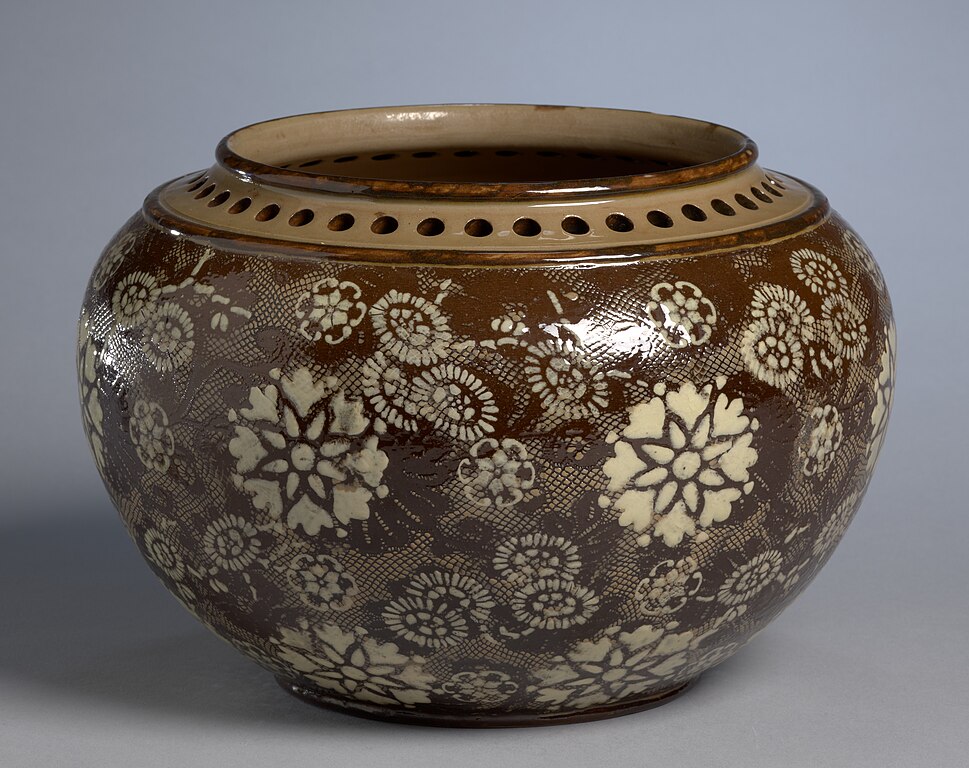
Doulton Lambeth stoneware, crafted in England from the mid-19th century, is celebrated for its artistic quality and unique designs. Made from durable stoneware, many Doulton Lambeth pieces feature hand-carved decorations and intricate glazes. The pieces range from decorative vases to large pitchers, with values between $100 and $5,000 depending on the design and age.
The Doulton Lambeth factory was known for its collaboration with prominent artists, including the famous sculptor Florence Barlow. Collectors are drawn to the hand-decorated patterns and the artistic flair of each piece. The stoneware’s appeal is in its combination of utility and beauty. Pieces with the Doulton Lambeth mark and artist signatures tend to be the most prized.
Spode Blue Italian

Spode Blue Italian, created by the Spode factory in England, has been a popular design since the 19th century. Made from fine porcelain, this pattern is famous for its blue and white color scheme, depicting scenes of the Italian countryside. Blue Italian pieces are highly collectible and can range in value from $50 to $2,000 depending on their rarity and condition.
Spode’s Blue Italian design was inspired by 18th-century Chinese porcelain and features classical motifs. The timeless beauty of the pattern, combined with Spode’s fine porcelain, makes it a staple in many collections. Collectors often seek out complete dinner sets or rare pieces that feature the Blue Italian design. Early editions or limited editions from the factory can command premium prices.
Royal Copenhagen Porcelain
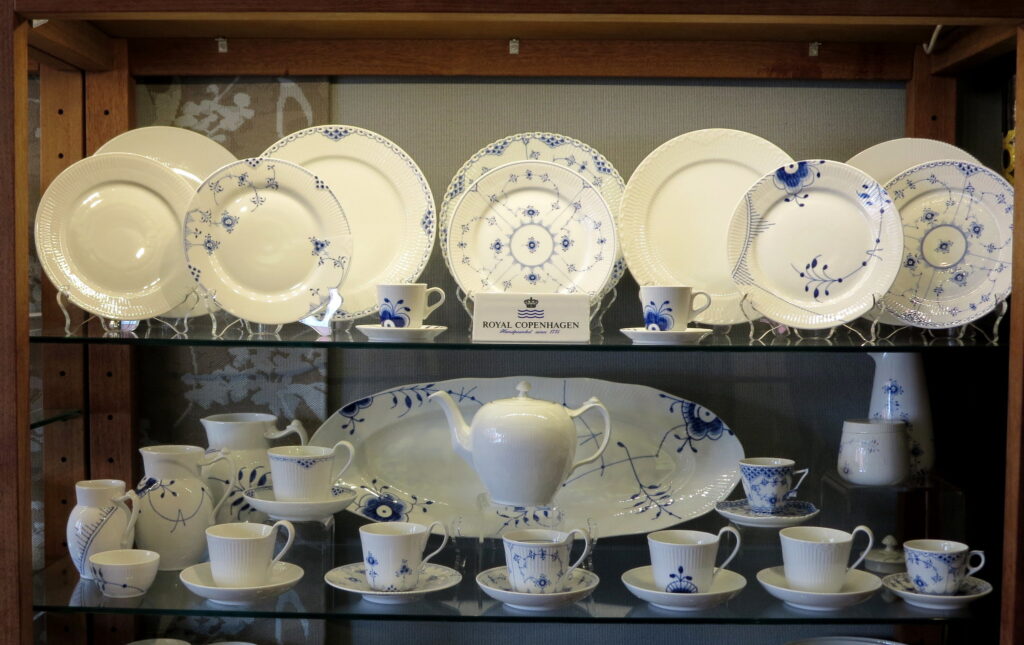
Royal Copenhagen porcelain, established in Denmark in 1775, is famous for its fine quality and beautiful designs. The company’s porcelain is made from high-grade materials, and many pieces are decorated with hand-painted floral patterns. Royal Copenhagen pieces are highly collectible, with values ranging from $100 to $10,000 depending on the rarity and design.
The factory is particularly known for its hand-painted figurines and its distinctive blue-floral designs. Royal Copenhagen has a strong reputation for producing items that combine beauty and functionality. Collectors appreciate the company’s long-standing commitment to quality and artistry. Pieces with the factory mark from the 18th and 19th centuries are especially prized in the collector market.
Clarice Cliff Pottery

Clarice Cliff pottery, produced in England from the 1920s to the 1960s, is celebrated for its vibrant colors and Art Deco-inspired designs. Made from earthenware, each piece features bold patterns and distinctive shapes. Clarice Cliff pottery is highly collectible, with market values ranging from $100 to $20,000 depending on the design and condition.
Clarice Cliff’s unique approach to pottery design broke away from traditional methods, making her work highly influential. The pottery company’s bright colors and whimsical motifs, such as floral patterns and landscapes, have made it a favorite among collectors. Items with the Bizarre mark, which Clarice Cliff used on many of her designs, are particularly sought after. Limited edition pieces are often the most valuable.
Limoges Porcelain
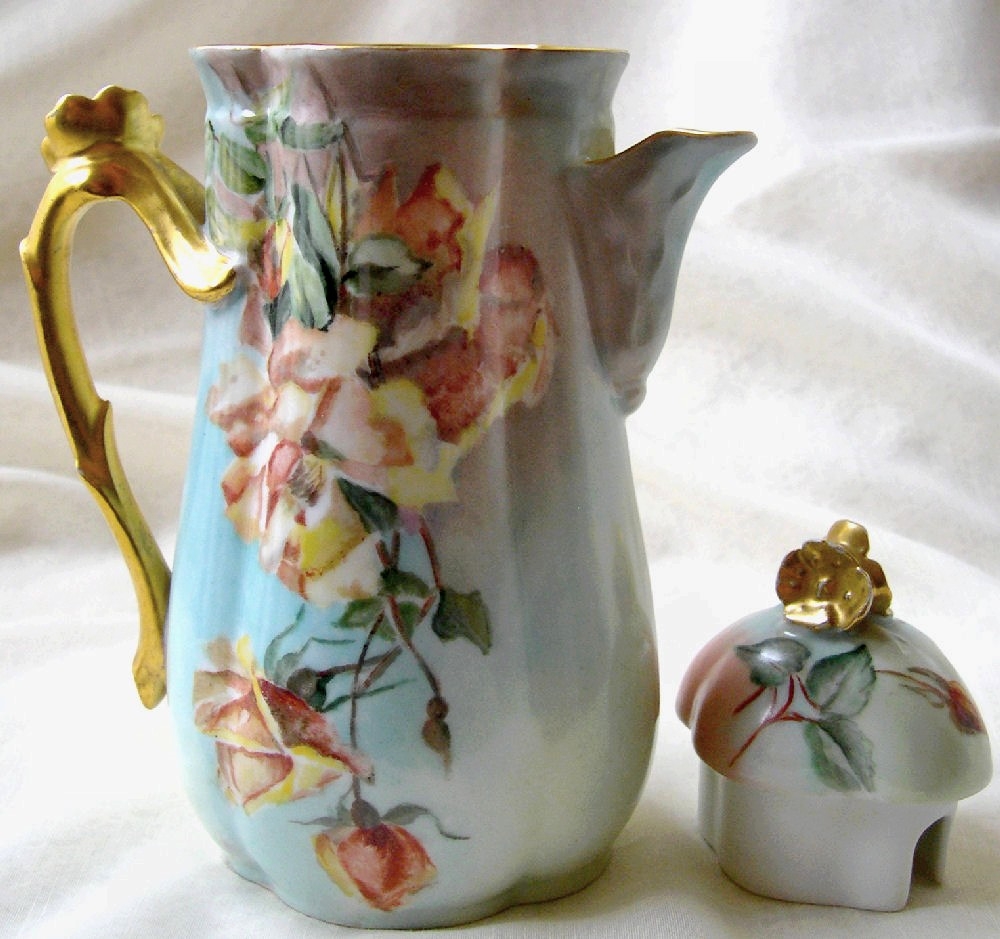
Limoges porcelain, originating from the Limoges region of France in the 18th century, is renowned for its high-quality materials and intricate designs. Made from fine porcelain, Limoges pieces often feature hand-painted scenes, floral designs, and gilding. Collectors prize Limoges for its history and artistry, with market prices ranging from $100 to $30,000 depending on the piece’s rarity and condition.
The Limoges factory has produced a wide variety of porcelain items, including dinnerware, figurines, and decorative boxes. The high level of craftsmanship and detail makes Limoges porcelain highly desirable among collectors. Items bearing the Limoges mark or signature of famous artists tend to fetch the highest prices. Early pieces from the 18th and 19th centuries are especially valuable.
Belleek Porcelain
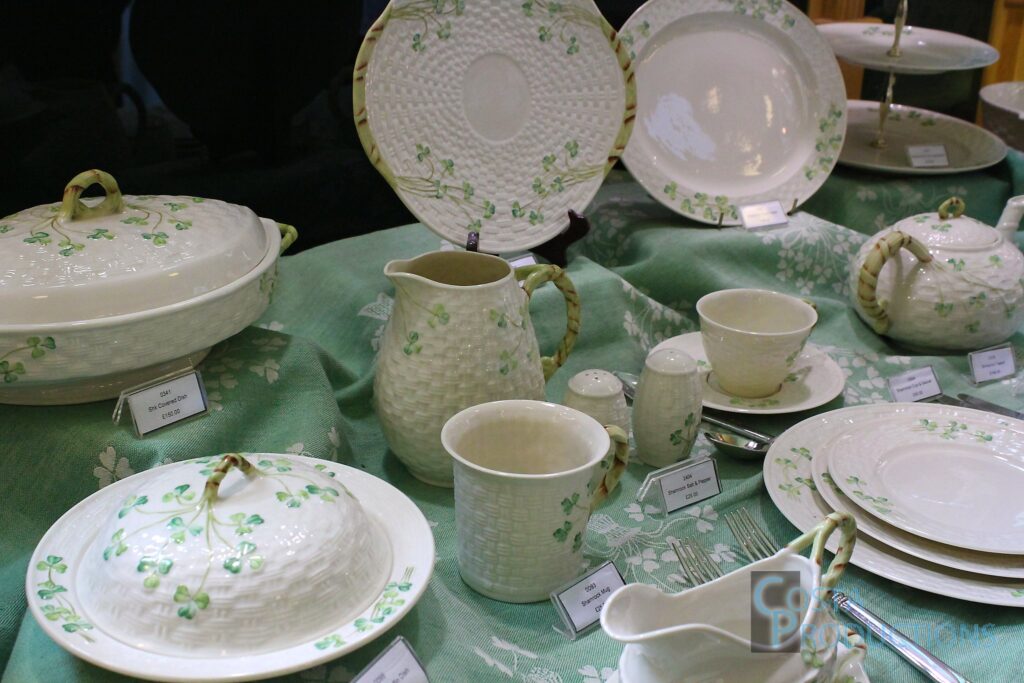
Belleek porcelain, originating in Northern Ireland in the 19th century, is known for its delicate, translucent quality. Made from fine porcelain, Belleek often features intricate floral patterns and ornate designs. This porcelain is highly collectible, with pieces ranging in value from $100 to $5,000 depending on the age and rarity of the item.
Belleek’s porcelain is prized for its craftsmanship and the quality of materials used. The brand is known for its unique basket weave design and often incorporates shamrocks and other Irish symbols. Items with the Belleek mark, especially from the earlier periods, are the most sought after. Collectors also appreciate the brand’s historical significance in Irish porcelain making.
Bing and Grondahl Porcelain
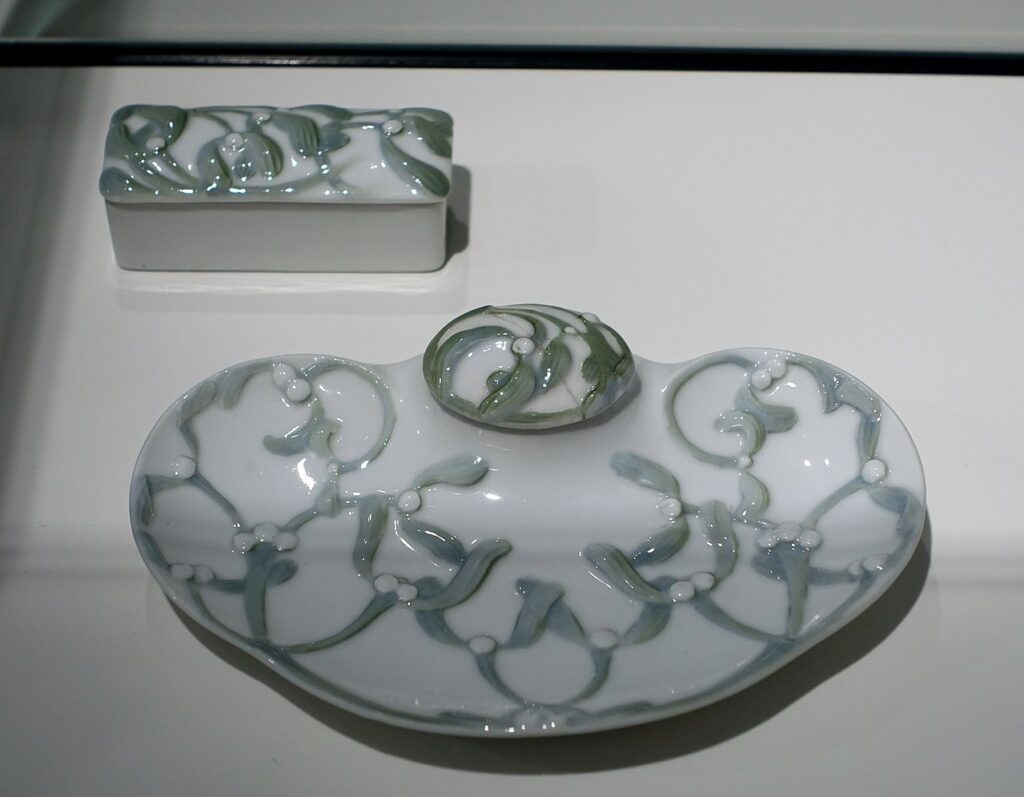
Bing and Grondahl, established in Denmark in 1853, is known for producing fine porcelain pieces, including figurines and tableware. Made from high-quality porcelain, many pieces feature hand-painted designs of animals, flowers, and landscapes. These collectibles are valued between $100 and $10,000, depending on the rarity and condition of the piece.
Bing and Grondahl is highly regarded for its porcelain figurines, which often depict animals in great detail. The company was instrumental in the development of Danish porcelain, and its pieces are appreciated for their high level of artistry. Collectors often seek out early pieces or those created by renowned designers. Figurines marked with the company’s early trademarks are particularly sought after.
Minton Porcelain

Minton porcelain, created in England in the early 18th century, is known for its fine craftsmanship and elegant designs. Made from top-quality porcelain, Minton pieces often feature delicate floral designs and intricate gilding. Minton porcelain is highly collectible, with market values ranging from $200 to $15,000 depending on the piece’s rarity and condition.
Minton was renowned for its work in porcelain dinnerware and figurines, often creating fine china for the British royal family. The factory’s innovative designs and commitment to quality have made it a key name in porcelain production. Early Minton pieces are especially valuable, especially those with hand-painted details. Collectors look for pieces marked with the company’s trademark and signature designs..
Chelsea Porcelain
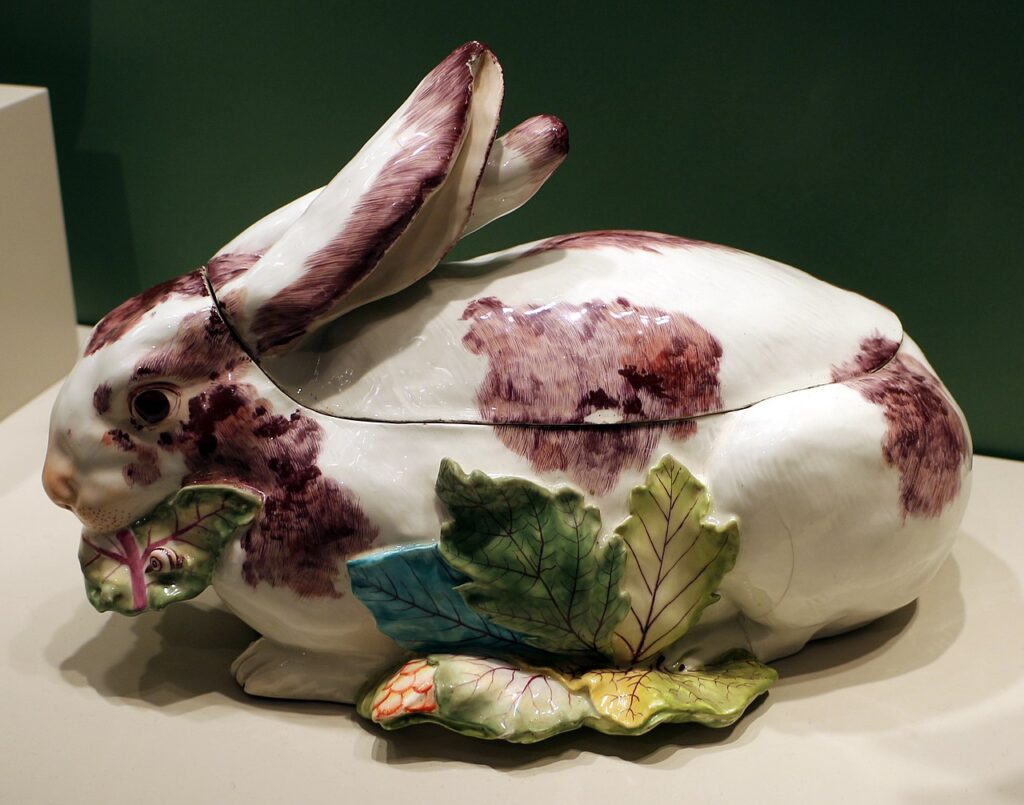
Chelsea porcelain, created in England in the 18th century, is prized for its high-quality porcelain and fine detailing. It was often made with a soft-paste porcelain that allowed for intricate molding and sculpting. Chelsea pieces, including figurines and decorative items, are valued between $300 and $20,000, with rare or exceptional items commanding even higher prices.
Chelsea porcelain is famous for its Rococo-inspired designs and vibrant colors. The factory was known for its innovative techniques, including gilding and enameling, which made their pieces stand out. Collectors highly value Chelsea porcelain for its historical importance and fine artistry. Early 18th-century pieces, especially those with the factory’s red anchor mark, are the most coveted.
Villeroy and Boch Porcelain
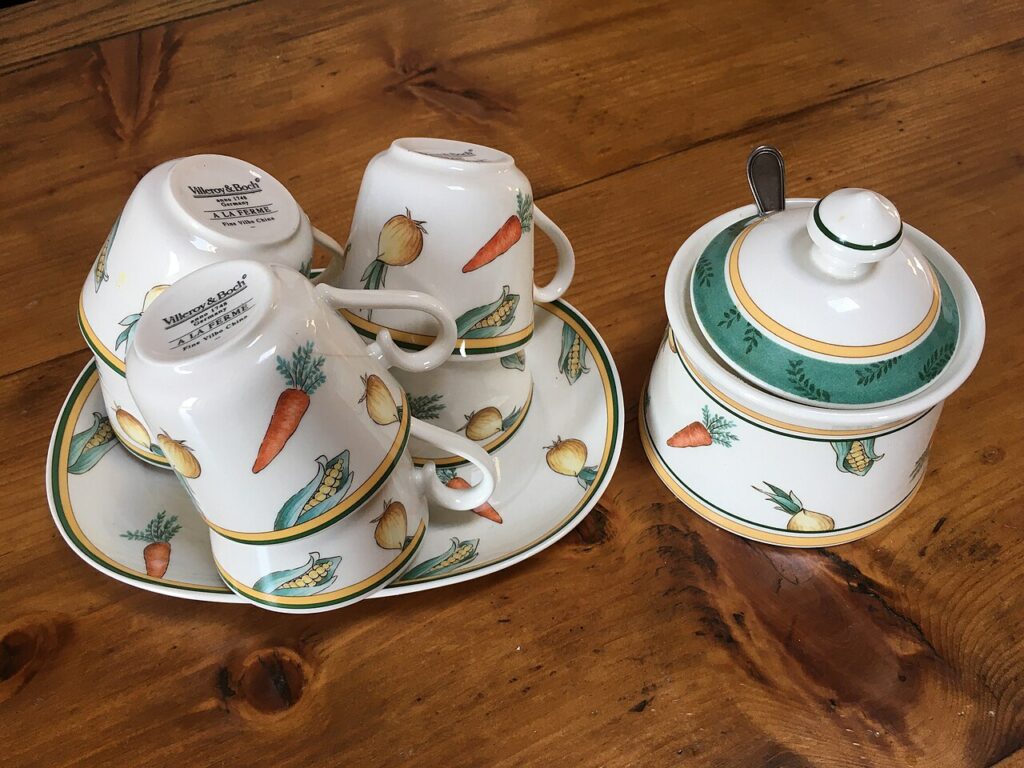
Villeroy and Boch porcelain, founded in 1748 in Luxembourg, is known for its premium-quality porcelain and innovative designs. Villeroy and Boch’s pieces often feature elegant designs, including floral patterns and ornate borders, and are made from fine porcelain. Market values for these pieces can range from $100 to $5,000, depending on their rarity and condition.
The company is known for creating fine dinnerware and decorative pieces that combine both style and functionality. Villeroy and Boch’s porcelain is often sought after for its durable quality and artistic designs. Collectors tend to seek out limited edition pieces or items with unique patterns. Early porcelain items from the 18th and 19th centuries are especially valuable.
Herend Porcelain

Herend porcelain, founded in Hungary in 1826, is known for its vibrant designs and superior quality. These pieces are made from fine porcelain, and many feature hand-painted designs, particularly of animals and floral patterns. Market values for Herend porcelain typically range from $200 to $15,000, depending on the rarity and condition of the item.
Herend is especially famous for its fishnet pattern, which is a signature design featured on many of its figurines and plates. The company’s porcelain is prized for its exquisite detail and vibrant color palette. Collectors are drawn to Herend for its long history and fine craftsmanship. Limited edition or rare pieces often fetch the highest prices.
Tiffany and Co. Porcelain

Tiffany and Co. porcelain, created by the renowned American jeweler, is a symbol of luxury and sophistication. Produced in collaboration with European porcelain manufacturers, Tiffany’s porcelain items include elegant dinnerware and decorative pieces. Market values for Tiffany porcelain range from $500 to $15,000, depending on the rarity and condition.
Tiffany and Co. is synonymous with high-end design, and their porcelain is no exception. The company’s pieces often feature intricate patterns and fine detailing, making them highly sought after by collectors. Tiffany porcelain is valued for its timeless design and exclusivity. Older pieces or those with limited production runs are especially valuable.
Moorcroft Pottery
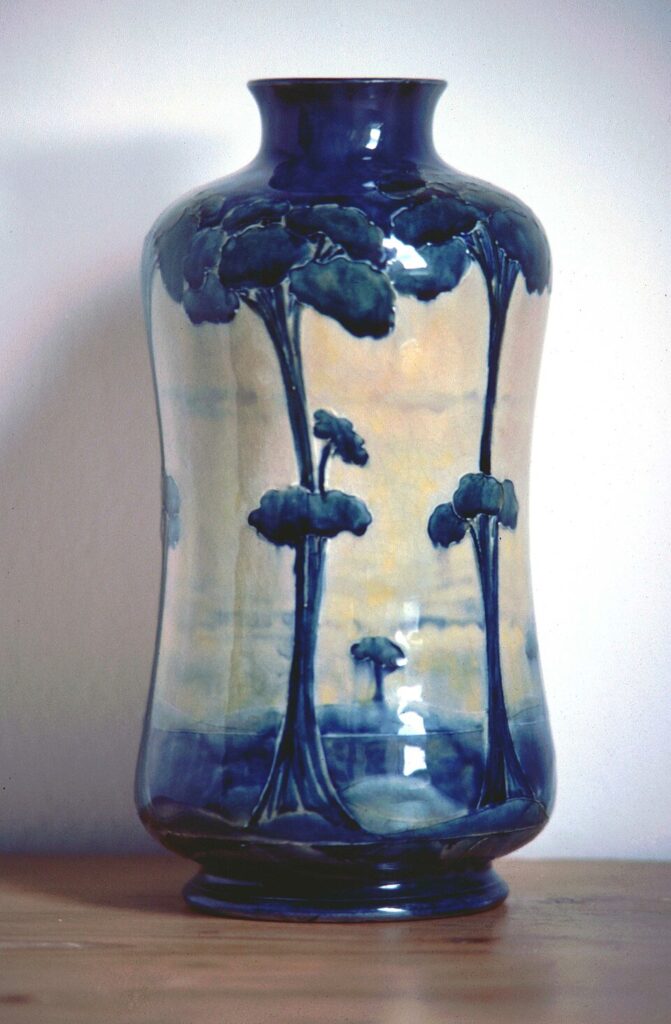
Moorcroft Pottery, established in England in 1897, is famous for its stunning Art Nouveau and Art Deco-inspired designs. The pottery is made from high-quality clay, and many pieces feature bold, colorful glazes and intricate patterns. Moorcroft pottery is highly collectible, with values ranging from $100 to $5,000, depending on the rarity and condition.
Moorcroft pieces are admired for their vibrant colors and artistic designs, often featuring floral or nature-inspired motifs. The pottery is highly sought after for its craftsmanship and unique glaze techniques. Collectors often seek out early Moorcroft pieces or limited edition items. Pottery marked with the Moorcroft signature is especially prized in the collector’s market.
Collecting antique porcelain and ceramics is a rewarding experience that combines history, artistry, and craftsmanship. Each piece tells a unique story and offers a glimpse into the past. Whether you are just starting your collection or are a seasoned enthusiast, these timeless treasures continue to captivate collectors around the world. Keep an eye out for rare finds that could enhance your collection and increase in value over time.
This article originally appeared on Avocadu.
